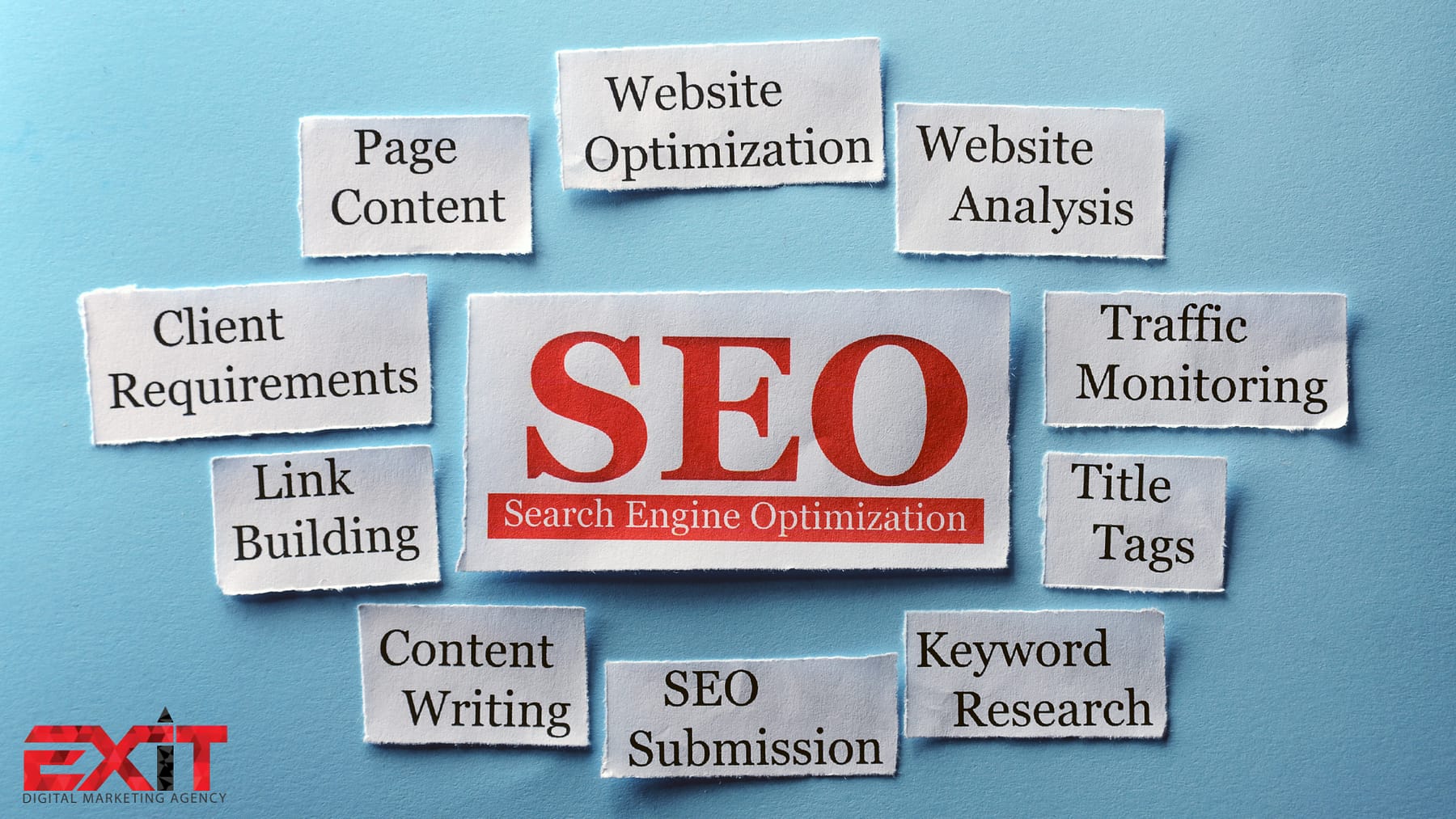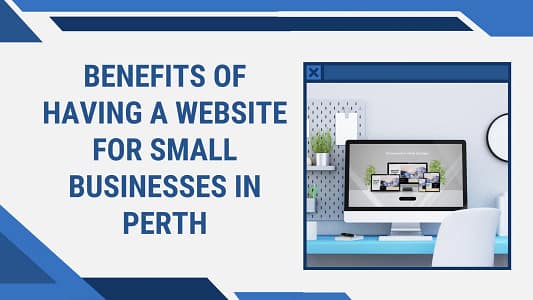Have you ever wondered why some websites seem to effortlessly climb to the top of Google’s search results while others languish in obscurity? It’s not just luck—it’s the magic of On-Page SEO. If you’ve been struggling to get your website noticed, you’re about to discover the secrets that can change everything.
What Is On-Page SEO and Why Should You Care?
On-Page SEO is like the foundation of a house. It’s what everything else is built on. It’s the practice of optimizing individual web pages to rank higher and earn more relevant traffic in search engines. But let’s not get too technical just yet. Think of it as giving your website the best chance to be seen and loved by both search engines and visitors.
You might be thinking, “Is this really necessary?” Absolutely. Without good On-Page SEO, your beautifully crafted website might as well be invisible. And in today’s digital world, if you’re not visible, you’re not in the game.
Related: Unraveling the Secrets of SEO: How to Boost Your Online Presence
The Building Blocks of On-Page SEO

The Anatomy of a Well-Optimized Page
Let’s break it down. Imagine each part of your webpage as a piece of a puzzle that fits together perfectly to create the big picture: your website’s visibility.
- Title Tags: This is the headline that shows up in search results. It needs to be catchy, include your main keyword, and make people want to click. It’s your first impression—make it count!
- Meta Descriptions: This short snippet under your title tag in search results acts like a mini-ad. It should be persuasive, concise, and packed with the right keywords to entice users to click through to your site.
- Header Tags (H1, H2, H3, etc.): Think of these as the structure of your content. Your H1 is like the chapter title, while H2s and H3s break down the content into digestible sections, making it easier for both users and search engines to understand.
Keywords: The Secret Sauce of SEO
Keywords are like the breadcrumbs that lead search engines to your content. But not just any breadcrumbs—these need to be strategically placed.
- Keyword Research: Start with finding the right keywords that your audience is searching for. There are tools out there like Google’s Keyword Planner that can help you find the golden nuggets.
- Placement Matters: Keywords should naturally fit into your content. Slip them into your title, headers, and throughout your text, but don’t overdo it—Google doesn’t like stuffing!
- The Power of Semantics: Don’t just stick to one phrase. Use variations and related terms (also known as Latent Semantic Indexing or LSI keywords) to show search engines that your content is thorough and relevant.
Creating Content That Shines
Content isn’t just king—it’s the entire kingdom when it comes to On-Page SEO. But not all content is created equal.
- Quality Over Quantity: It’s not about how much you write but how well you write. Your content should be original, engaging, and offer real value.
- Length Matters (But Don’t Go Overboard): While longer content often ranks better, it’s crucial that it remains relevant and easy to read. Aim to be comprehensive without overwhelming your reader.
- Keeping It Fresh: Regularly updating your content keeps it relevant and shows search engines that your site is active. Evergreen content—topics that stay relevant for a long time—can be a game-changer.
Making Your Website User-Friendly
Search engines are getting smarter—they now prioritize how users interact with your site. Let’s talk about the things you can do to keep both users and search engines happy.

Mobile Optimization: Don’t Leave Anyone Behind
Did you know that over half of all web traffic comes from mobile devices? If your website isn’t mobile-friendly, you’re missing out on a huge audience.
- Mobile-Friendly Design: Your site should be easy to navigate on a phone or tablet. Think big buttons, easy-to-read text, and pages that load quickly.
- Accelerated Mobile Pages (AMP): This is a special technology that makes your mobile pages load even faster, which can give you a nice boost in the rankings.
Speed Matters: No One Likes to Wait
If your website takes forever to load, people will leave before they even see your content. And when they leave, Google takes note.
- Faster Load Times: Optimize images, minimize code, and use fast hosting to speed up your site. Tools like Google’s PageSpeed Insights can help you identify what’s slowing you down.
- Why It Matters: Faster sites rank higher and keep visitors around longer. It’s a win-win!
Tools to check your website speed: Gtmetrix | Google Page Speed
Engaging Users: The Hidden SEO Boost
Keeping users on your site is one of the best things you can do for SEO.
- Reduce Bounce Rate: If people leave your site quickly, it tells search engines your content isn’t useful. Create engaging content that keeps visitors around.
- Increase Dwell Time: The longer people stay on your site, the better. Use multimedia, compelling headlines, and interactive content to hold their attention.
- Improve Click-Through Rate (CTR): Your titles and descriptions should be so compelling that people can’t help but click. Higher CTRs can lead to better rankings.
Navigating the Maze: Simple Is Better
A clean, simple structure makes your site easier to navigate and boosts your SEO.
- Clear Structure: Use categories and subcategories to organize your content. A logical, intuitive structure is key to helping visitors find what they’re looking for.
- Internal Linking: Guide users to other pages on your site by using internal links. This not only improves navigation but also helps search engines understand your site’s structure.
Getting Technical: The Nuts and Bolts of On-Page SEO

Let’s dive into the technical aspects of On-Page SEO. Don’t worry—we’ll keep it simple!
Crafting Perfect URLs
Your website’s URL is more than just an address—it’s a crucial part of On-Page SEO.
- SEO-Friendly URLs: Keep URLs short, descriptive, and include your main keyword. Use hyphens to separate words, and avoid unnecessary numbers or symbols.
Unlocking the Power of Schema Markup
Ever notice those rich snippets in Google search results with reviews, ratings, and other extras? That’s schema markup at work.
- What Is Schema?: It’s a type of code you can add to your site to help search engines understand your content better and display it more attractively in search results.
- Why Use It?: Adding schema can increase your chances of appearing in rich snippets, giving you more visibility and potentially higher click-through rates.
Optimizing Images: More Than Just a Pretty Picture
Images can enhance your content, but if not optimized, they can slow down your site.
- Alt Text Matters: Use descriptive alt text for your images. It helps search engines understand what the image is about and improves your chances of showing up in image search results.
- File Names Count: Name your image files descriptively and include keywords where appropriate.
Secure Your Site with HTTPS
A secure site isn’t just good for your users—it’s also a ranking factor.
- SSL Certificates: Make sure your site is using HTTPS, which encrypts the data between your site and its visitors. It’s a small but significant factor in boosting your SEO.
Advanced On-Page SEO Techniques
Ready to take your On-Page SEO to the next level? Let’s explore some advanced strategies.
Personalization and Dynamic Content
Ever notice how some websites seem to tailor content just for you? That’s dynamic content in action.
- Why Personalization Works: Showing users content that’s relevant to them increases engagement and time spent on your site—both of which are great for SEO.
Internal Linking Strategy: Building a Web of Connections
Internal linking isn’t just for navigation—it can also distribute authority throughout your site.
- Strategic Linking: Use internal links to connect related content and guide users deeper into your site. This not only helps users but also spreads page authority, helping lower-ranked pages perform better.
Optimizing for Voice Search: The Future Is Here
With more people using voice search, it’s time to think about how to optimize for it.
- Natural Language: Voice searches are often longer and more conversational. Optimize your content to match these natural language queries.
- Answering Questions: People often use voice search to ask questions. Structure your content to provide clear, concise answers to common questions.
Capturing Featured Snippets
Ever notice those boxes at the top of Google’s search results with a snippet of content? That’s where you want to be.
- How to Get There: Structure your content to answer specific questions clearly and concisely. Use bullet points, numbered lists, and strong headers to increase your chances of being featured.
Measuring Success: Is Your On-Page SEO Working?
How do you know if all your hard work is paying off? By measuring and analyzing your results.
SEO Audits and Tools
Regular SEO audits can help you identify what’s working and what needs improvement.
- Tools to Use: Google Analytics, SEMrush, and other tools can provide insights into your site’s performance. They’ll help you spot issues and track improvements over time.
Key Metrics to Track
Keep an eye on these critical metrics to gauge your On-Page SEO success.
- Organic Traffic: Are more people finding your site through search engines? That’s a good sign your SEO is working.
- Bounce Rate and Dwell Time: Are users sticking around, or are they bouncing off quickly? High dwell time and low bounce rates usually indicate strong content.
- Click-Through Rate (CTR): Are people clicking on your site when it appears in search results? If not, tweak your titles and meta descriptions to make them more enticing.
A/B Testing for Continuous Improvement
The best way to optimize your site is through testing.
- A/B Testing: Try different versions of titles, meta descriptions, and content layouts to see what works best. Use the data to make informed decisions and keep refining your strategy.
Wrapping It Up: Your On-Page SEO Journey Begins Now
So there you have it—the ins and outs of On-Page SEO, laid bare. It might seem like a lot, but take it one step at a time. Start with the basics, then layer on the advanced techniques as you get more comfortable.
Remember, On-Page SEO isn’t a one-and-done deal. It’s an ongoing process that requires attention and tweaking. But the rewards? A website that not only climbs the search rankings but also engages and delights its visitors.
Ready to get started? Dive into your site and start making those changes. Before you know it, you’ll start seeing results that make all the effort worth it.
And if you need a little help along the way, don’t hesitate to reach out. Sometimes, all it takes is a fresh set of eyes to spot opportunities you might’ve missed. Happy optimizing!







